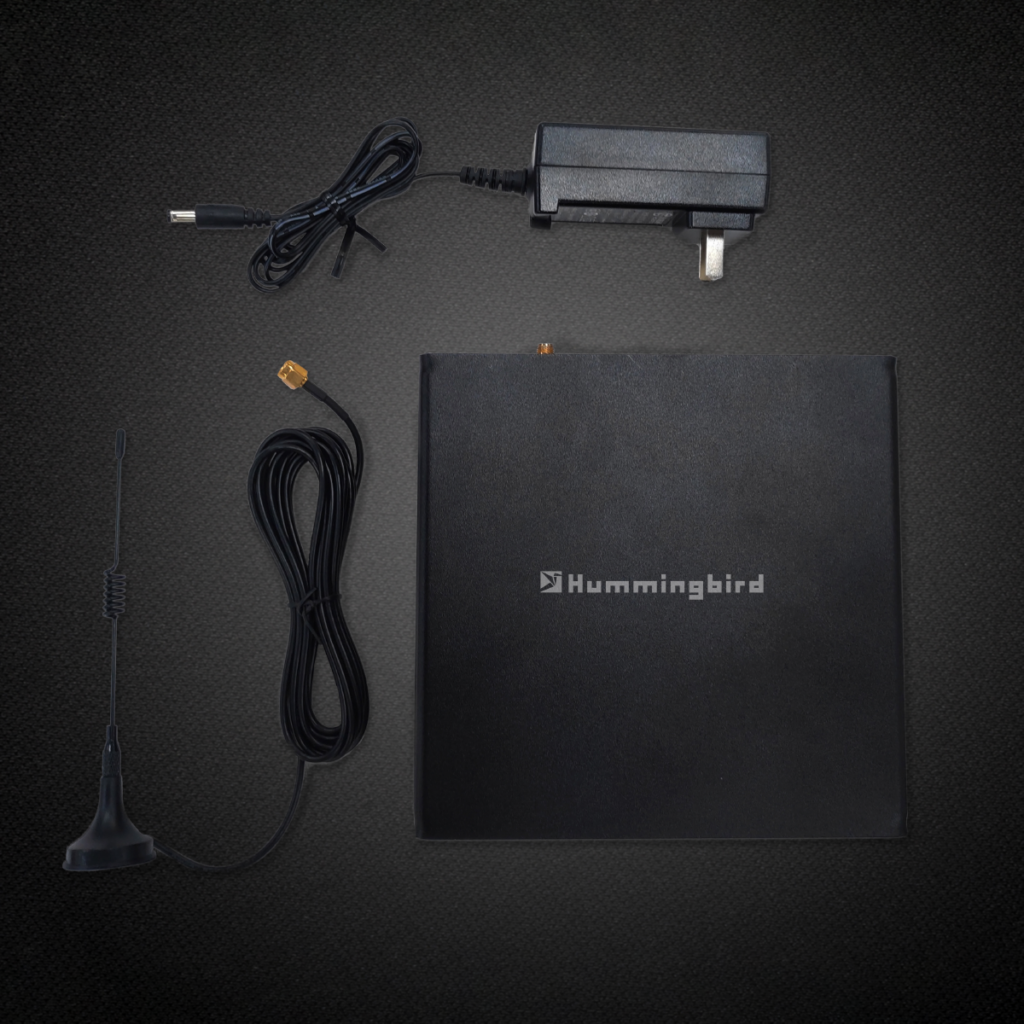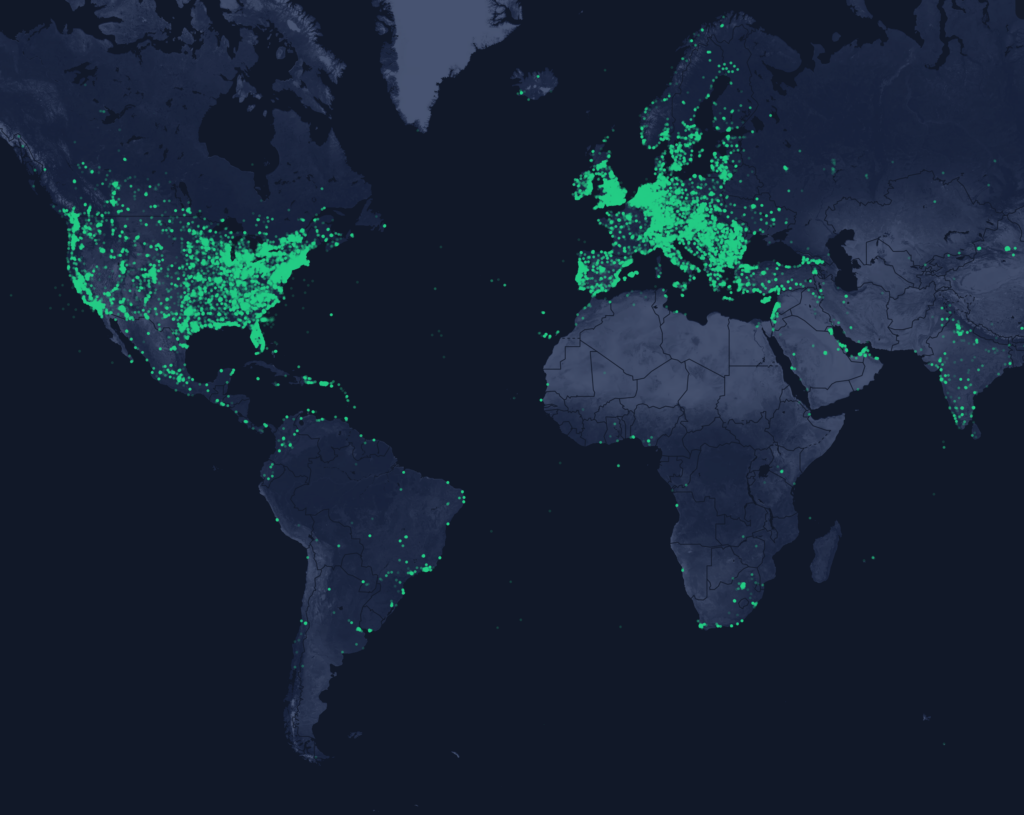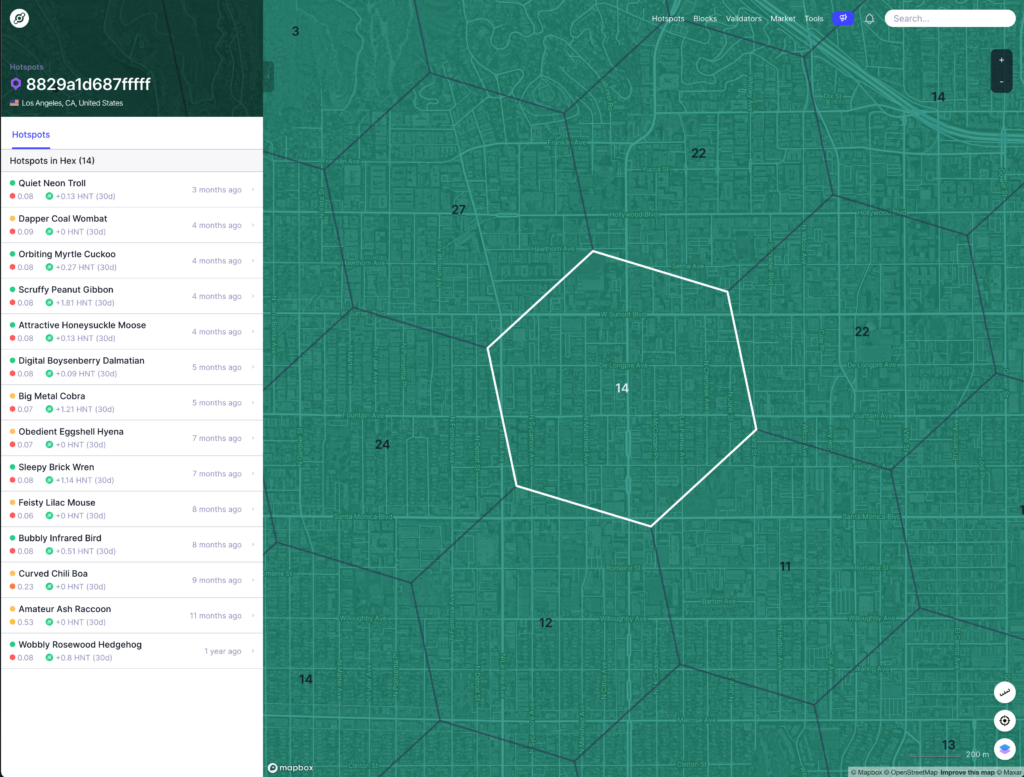I’m going to explain wireless mining in a minute, but first some background on crypto mining in general.
Proof of work mining and Bitcoin
Mining generally refers to a way that blockchains maintain their networks. For instance, Bitcoin miners run specialized hardware (known as an ASIC) to process transactions on the network. As users send transactions, those transactions go into something called a mempool, where they wait to be processed.
They compete by using specialized hardware (known as an ASIC) to rapidly make mathematical computations to solve a math problem. The first ASIC that solves the problem wins the right to process the next block of transactions, which in turn is added to the chain (and thus the term, blockchain).
This process is known as proof of work (POW) because the miner has to do work in order to win the right to process or “mine” the next block.
As a reward for mining a new block, Bitcoin miners receive two forms of compensation. The first is the block reward, which is new Bitcoin created out of thin air. As of 2022, the block reward is 6.25 BTC.
The other form of compensation is transaction fees, which are the fees that Bitcoin users pay in order to have their transaction included in the next block.
You may have heard about Bitcoin’s fixed supply of 21 million coins. Every four years, the size of the block reward is cut in half, until all of the 21 million coins have been mined (this will happen around the year 2140).
Proof of stake mining and Ethereum
Ethereum also uses POW to maintain consensus, but the hardware is different — Ethereum miners use graphics processing units (GPUs), which are basically graphics cards for computers. They’re also used for gaming, video editing, and other processing-intensive computations related to computer graphics.
At some point in 2022, Ethereum will switch from POW to something called proof of stake (POS). POS validators (not miners) set aside 32 Ether in a smart contract in return for being able to run a node that processes new transactions. Ethereum validators will be rewarded with new Ether issuance plus a portion of the transaction fees (most of the transaction fees will be burned).
Helium
Before we get to Proof of Coverage (POC), let’s talk about the basics of Helium.
Helium is a blockchain that uses its native token, HNT, as currency. Unlike Bitcoin and Ethereum, which aim to provide decentralized digital money and smart contracts, the Helium network is a decentralized network of wireless communication.
Miners set up a physical hotspot, which is basically a small computer that connects to the internet and has an antenna for communicating with nearby hotspots and receiving wireless data.

The first use case of a Helium hotspot was to carry data for Internet of Things (IoT) devices. An IoT device would be something like a smart doorbell, your refrigerator or microwave (if internet-enabled), a humidity sensor, or even a car.
These devices use something called LoRaWAN, which stands for Low Power, Wide Area Networking. The LoRaWAN protocol was designed specifically to wireless IoT devices.
The advantage of LoRaWAN is that it has a longer range than other wireless protocols like Wi-Fi or cellular networks, but the trade-off is that it has less data throughput.
Additionally, LoRaWAN devices generally don’t need to stream large amounts of data. They might be sending a little bit of data a few times an hour, as opposed to you sitting at home streaming a massive amount of data while watching a YouTube video.
What exactly is proof of coverage?
Here’s how the Helium docs describe it:
The Helium blockchain uses a novel work algorithm called “Proof of Coverage” (PoC) to verify that Hotspots are located where they claim. Put another way, PoC tries to verify, on an ongoing basis, that Hotspots are honestly representing their location and the wireless network coverage they are creating from that location.
— proof-of-coverage | Helium Documentation
The mechanism for POC is a challenge and involves three distinct roles:
1. Challenger – The Hotspot that constructs and issues the POC Challenge. Hotspots issue challenges approximately once per every 360 blocks. (See note below)
2. Transmitter – Sometimes called “Challengee”. This Hotspot is the target of the POC challenge and is responsible for transmitting (or “beaconing”) challenge packets to potentially be witnessed by geographically proximate Hotspots.
3. Witness – Hotspots that are geographically proximate to the Transmitter and report the existence of the challenge packet after it has been transmitted.
— proof-of-coverage | Helium Documentation
Helium hotspots earn HNT rewards when they successfully submit a challenge to the Helium blockchain.
In other words, POC is a way of ensuring that there is Helium network coverage in a particular area. The rewards are structured in such a way so that people are incentivized to place hotspots in areas that are lacking coverage (there’s a lot of nuance to this, but this is the basic economic model). Hotspots also receive rewards for transmitting device data on the network.
As of February 2022, there are 581,840 active Helium hotspots around the globe.

You can use the Helium explorer to see how many hotspots are in your current location. Helium’s network map is divided up in hexagons and here you can see a closer look at one of the hexagons in Los Angeles, the city that currently has the most hotspots.

Technological and economic innovation
A lot of people think of blockchains as being technologically innovative, which they are. But there’s a second, perhaps more important, form of innovation taking place — economic innovation. Tokenized blockchains like Helium provide an economic model for bootstrapping massive networks that are owned by the operators of the network.
Consider what you would have to do in the past to create a wireless network.
You would need to raise a ton of capital in order to build out cell towers all over the country. With Helium, individuals bootstrap the network by buying small devices and placing them in their homes and businesses, incentivized by wireless mining rewards to provide coverage where the most people are and where the fewest existing hotspots are.
Well-designed economic incentives spur individuals to organically provide a robust network of coverage without direction from a top-down entity. Pretty cool, right?